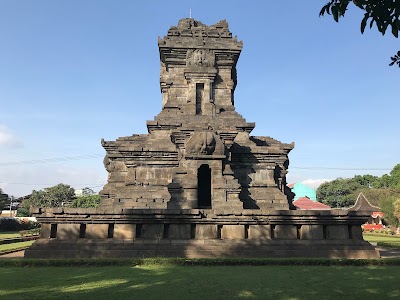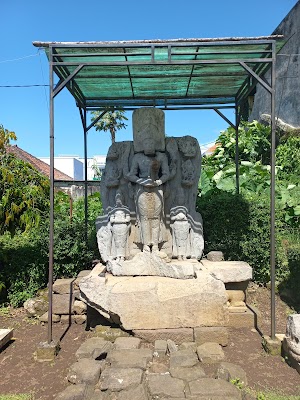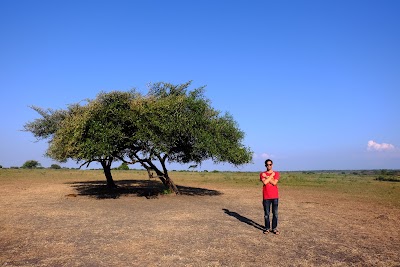Singosari Temple (Candi Singosari)
Overview
Introduction to Singosari Temple
Nestled in the heart of East Java, Indonesia, the Singosari Temple (Candi Singosari) is a captivating relic that whispers tales of the region's storied past. Dating back to the 13th century, this temple is a remarkable testament to the Majapahit Empire, one of the most significant and powerful kingdoms in Indonesian history. The site not only showcases stunning ancient architecture but also holds a special place in the cultural and historical tapestry of the country, making it a must-visit for travelers seeking to delve deeper into Indonesia's rich heritage.
Architectural Marvel
The architectural style of Singosari Temple is a delightful blend of Hindu and Buddhist influences, which reflects the period's religious syncretism. The temple is primarily dedicated to King Kertanegara, the last ruler of the Singosari Kingdom, and is adorned with intricate carvings that depict various deities and mythological creatures. As you walk through the temple grounds, be sure to take note of the beautifully detailed reliefs that tell stories from ancient Javanese folklore and Hindu epics. The main structure, constructed from andesite stone, stands majestically amid lush greenery, offering a serene atmosphere that invites contemplation and admiration.
Historical Significance
Strategically located near the ancient capital of Singosari, the temple served as a vital religious center during its heyday. Its historical significance is further accentuated by the legends surrounding it, particularly the one that associates it with the legendary Majapahit Empire. This empire was renowned for its cultural and economic prowess, and the Singosari Temple symbolizes the grandeur and sophistication of that era. For history buffs, a visit to this temple provides an invaluable opportunity to explore the roots of Indonesian civilization and its evolution over the centuries.
Visiting Experience
When planning your visit, you will find that Singosari Temple is conveniently situated just a short drive from the bustling city of Malang, making it easily accessible for both local and foreign tourists. As you arrive, take your time to stroll around the temple complex and absorb the tranquil ambiance. The best time to visit is early in the morning or late afternoon when the light casts a warm glow over the stone carvings, enhancing their beauty.
While there, consider engaging with local guides who can provide deeper insights into the temple's history and significance. They can share fascinating stories that bring the ancient stones to life, making your visit even more enriching. Additionally, nearby attractions like the Jatim Park and the scenic views of the surrounding mountains can complement your trip, allowing you to experience the natural beauty of East Java.
Conclusion
In conclusion, the Singosari Temple is more than just an ancient structure; it is a portal into Indonesia's magnificent past. Its stunning architecture, rich history, and serene environment make it an ideal destination for those seeking to explore the cultural heritage of this beautiful archipelago. Whether you're a history enthusiast, an architecture lover, or simply a curious traveler, a visit to Singosari Temple promises to be an unforgettable journey into the heart of East Java's remarkable history.






